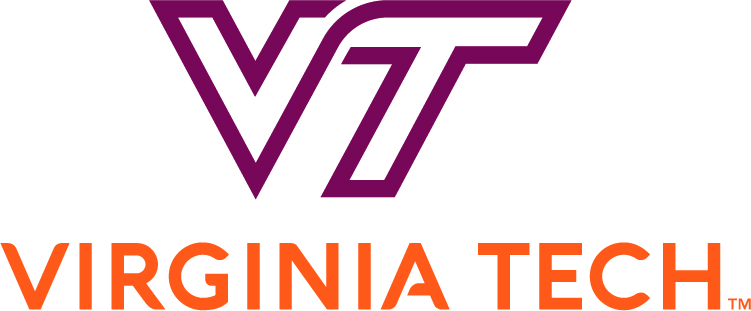Newswise — When 50 million people in the United States lost power for 30 hours in mid August 2003, it was an "ah ha" moment, resulting in increased support for research. That investment is beginning to pay off. The summer 2006 issue of the Virginia Tech Research magazine (http://www.research.vt.edu/resmag/) reports on a new device to monitor the nation's electric grid, technologies to supplement the grid, and alternative energy sources.
To monitor and secure the grid, the Frequency Monitoring Network (FNET) was developed at Virginia Tech by Yilu Liu, professor of electrical and computer engineering, and her faculty colleagues and students. FNET can pinpoint the location of a power grid problem before a cascading effect can again cripple large parts of the nation. Liu first proposed FNET in 2000 as an Internet-based, real-time, global positioning system (GPS)-synchronized monitoring network. Today, FNET consists of more than 30 Frequency Disturbance Recorders (FDRs) positioned around the United States and managed centrally at Virginia Tech. Multiple FDRs at different locations allow the system to piece together the origin of the wave. The simplicity of the technology from a user's point of view is astounding. FDRs have no installation costs; the user just plugs a unit into a standard electrical outlet. Virginia Tech has received a U.S. patent for this technology.
A number of technologies have the potential to supplement the grid. The research magazine reports on an interdisciplinary faculty consortium headed by history Professor Richard Hirsh that is working to make adoption of such distributed generation (DG) technologies happen. Funded by the National Science Foundation, members of the Consortium for Energy Restructuring at Virginia Tech are encouraging the use of small-scale generation technologies as part of an approach to create a more secure and efficient electric utility system. Group members include academics and graduate students from disciplines that span engineering, business, consumer affairs, and science and technology studies.
Creating a new electric power system archetype will require a robust network of DG sources, such as fuel cells, micro-turbines, and renewable wind and solar energies, along with traditional centralized power plants using fossil fuels. DG sources could be owned and operated by manufacturing facilities, industrial parks, office parks, hospitals, universities, government agencies, housing subdivisions, apartment complexes, electric cooperatives, and other consumer organizations. These owners will benefit from a non-interruptible power supply at a reasonable price and the opportunity to sell excess power into the power markets.
So why aren't small-scale generation technologies widely used? So far, the connections to the grid require customized power-conversion devices. So, faculty members and students at the Center for Power Electronics Systems are developing user-friendly "plug and play" grid-interface connectors that can be mass produced.
The consortium is also addressing the non-technical factors that slow acceptance of the small-scale generation technologies. Faculty members expert in business and consumer education are working on consistent standards for interfaces, new business policies, models, and education, financial incentives, and consumer education and motivation.
Examples of distributed generation technologies reported in the Virginia Tech Research magazine are the winning Virginia Tech solar house that is beautiful, livable, self-sufficient, and can also provide power to the grid, as well as innovations in tidal energy and residential fuel cells.
Other examples of energy research reported briefly in the magazine are using agriculture waste for biofuel; using alternative fuels and electricity to power the next generation SUV; mainstreaming fuel cells with a boost from power electronics and other advances in fuel cell science and technology; and efforts to harness microbes to convert coal to natural gas much faster than nature's timetable.
Learn more at http://www.research.vt.edu/resmag/
